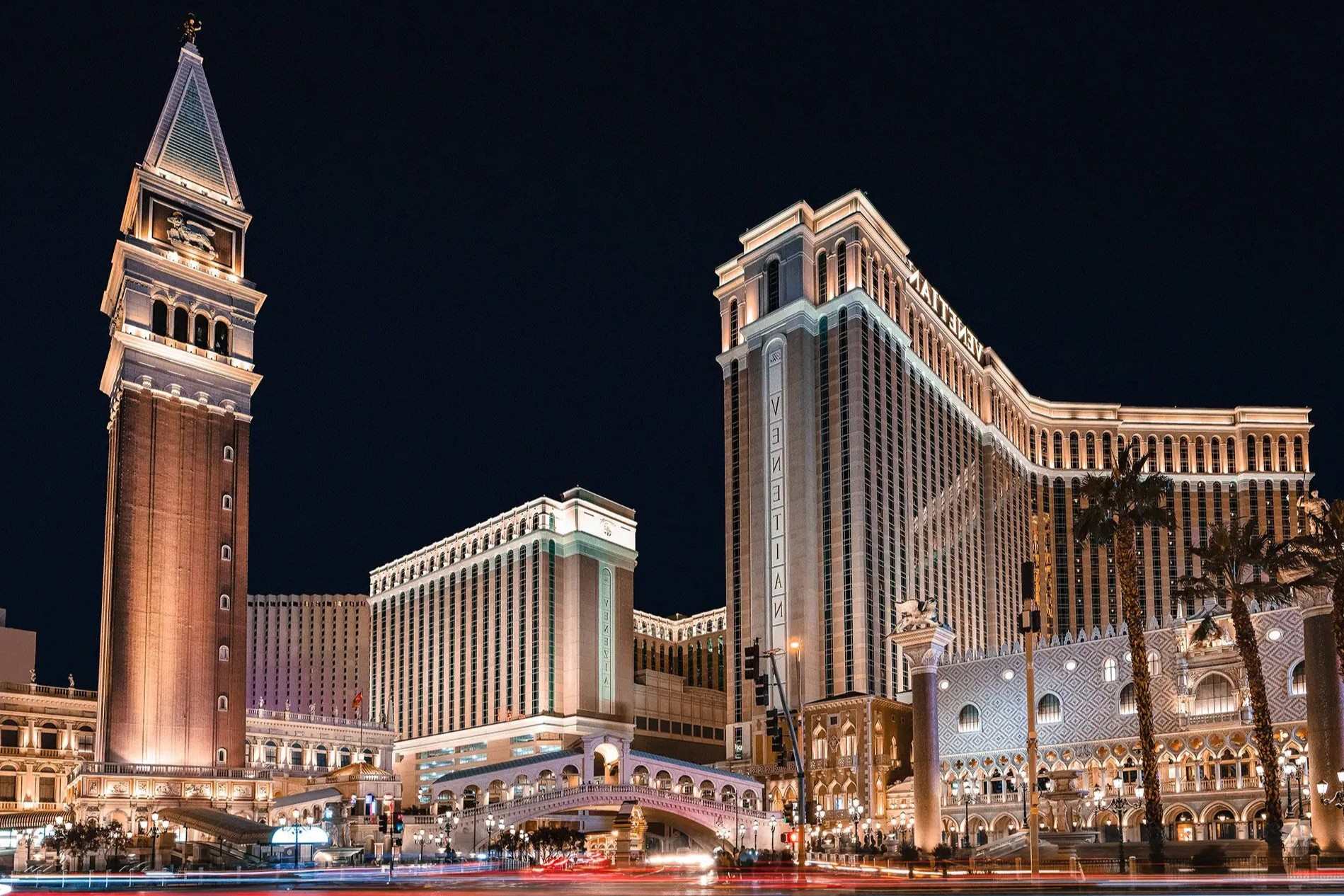
Venetian masks have a rich history filled with mystery and intrigue. Why were Venetian masks worn? These iconic masks were originally used during the Venetian Carnival, a time when social boundaries blurred, and people from all walks of life could mingle freely. They allowed wearers to conceal their identities, enabling them to engage in activities without fear of judgment or retribution. Over time, these masks became symbols of freedom and anonymity. Crafted from materials like leather, porcelain, or glass, they often featured elaborate designs and vibrant colors. Today, Venetian masks are celebrated worldwide, not just for their beauty but for the fascinating stories they tell.
The History of Venetian Blinds
Venetian blinds have a rich history that dates back centuries. These window coverings have evolved over time, becoming a staple in homes and offices worldwide.
- Venetian blinds were first used in ancient Egypt and China. Early versions were made from reeds and bamboo.
- The name "Venetian" comes from Venice, Italy, where traders popularized these blinds in Europe during the 18th century.
- In 1761, a patent for Venetian blinds was filed in England by Edward Bevan, marking the beginning of their modern design.
- Venetian blinds became popular in the United States in the late 18th century, especially in public buildings and offices.
- The first American patent for Venetian blinds was granted to John Hampson in 1841, who improved the tilt mechanism.
Design and Materials
Venetian blinds come in various designs and materials, each offering unique benefits and aesthetics.
- Traditional Venetian blinds are made from wood, providing a classic and elegant look.
- Aluminum Venetian blinds became popular in the mid-20th century due to their durability and lightweight nature.
- Faux wood blinds offer the appearance of wood but are more affordable and moisture-resistant.
- Vinyl Venetian blinds are a budget-friendly option, often used in kitchens and bathrooms.
- Modern Venetian blinds can be motorized, allowing for remote control and smart home integration.
Functionality and Benefits
Venetian blinds are not just about looks; they offer several practical benefits that make them a popular choice for window coverings.
- Venetian blinds provide excellent light control, allowing users to adjust the slats to let in the desired amount of light.
- They offer privacy by tilting the slats to obscure the view from outside.
- Venetian blinds help with temperature regulation, keeping rooms cooler in the summer and warmer in the winter.
- These blinds are easy to clean, requiring only a quick wipe with a damp cloth.
- Venetian blinds are versatile and can be used in various settings, from homes to offices to commercial spaces.
Cultural Impact
Venetian blinds have made their mark not just in homes but also in popular culture and architecture.
- Venetian blinds are often featured in film noir movies, symbolizing mystery and intrigue.
- They have been used in iconic buildings, such as the United Nations headquarters in New York.
- Venetian blinds are a common element in mid-century modern architecture, emphasizing clean lines and functionality.
- In literature, Venetian blinds are sometimes used as a metaphor for concealment and revelation.
- Artists like Edward Hopper have depicted Venetian blinds in their paintings, highlighting their role in creating mood and atmosphere.
Innovations and Trends
The world of Venetian blinds continues to evolve with new innovations and trends emerging regularly.
- Eco-friendly Venetian blinds made from sustainable materials are gaining popularity.
- Smart blinds that can be controlled via smartphone apps are becoming more common.
- Customizable Venetian blinds allow homeowners to choose colors, patterns, and finishes that match their decor.
- Cordless Venetian blinds offer a safer option for homes with children and pets.
- Some modern Venetian blinds come with built-in UV protection, helping to preserve furniture and flooring.
Fun Facts
Here are some interesting tidbits about Venetian blinds that you might not know.
- Venetian blinds were used in the first air-conditioned office building in the United States, the Milam Building in San Antonio, Texas.
- The term "Venetian blind" is sometimes used metaphorically to describe a situation where someone is being kept in the dark.
- Venetian blinds were featured in the 1933 Chicago World's Fair, showcasing their modern design and functionality.
- The largest Venetian blind ever made was over 30 feet wide and was installed in a commercial building in Dubai.
- Some Venetian blinds are designed to be completely blackout, providing total darkness for better sleep or media viewing.
The Magic of Venetian Masks
Venetian masks aren't just beautiful; they're steeped in history and culture. From their origins in the Carnival of Venice to their role in Commedia dell'Arte, these masks have fascinated people for centuries. They symbolize freedom, mystery, and creativity, allowing wearers to step into different roles and personas.
Whether you're a history buff, a theater enthusiast, or just someone who loves a good costume, Venetian masks offer something for everyone. They remind us of a time when life was a bit more mysterious and a lot more colorful. So next time you see one, remember the rich tapestry of stories and traditions it represents.
Dive into the world of Venetian masks, and you might find yourself enchanted by their timeless allure. They’re more than just masks; they’re a window into a vibrant past.
Was this page helpful?
Our commitment to delivering trustworthy and engaging content is at the heart of what we do. Each fact on our site is contributed by real users like you, bringing a wealth of diverse insights and information. To ensure the highest standards of accuracy and reliability, our dedicated editors meticulously review each submission. This process guarantees that the facts we share are not only fascinating but also credible. Trust in our commitment to quality and authenticity as you explore and learn with us.
